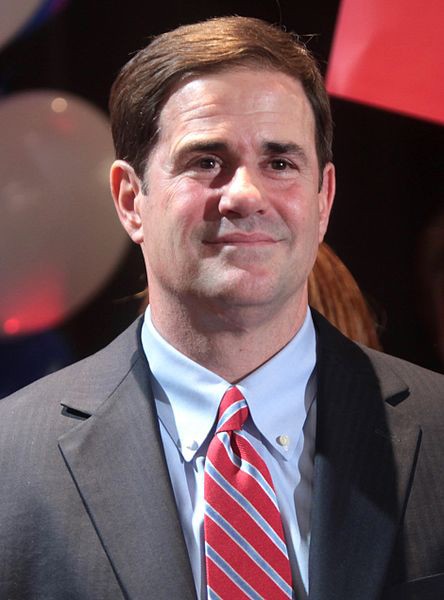Few health crises have exploded as quickly as that of the opioid crisis. Beginning in earnest during the 1990s, this epidemic has continued to wreak havoc all across the U.S. for over 25 years.
But even more shocking than addictions Americans have faced in the past, the general state of opiate addiction is almost entirely a product of overzealous doctors, and is unique for its primarily white and middle class user base.
What is an opiate, and why are so many people falling victim to it? Opioids are a class of drugs, both prescribed and unregulated that includes pain killers, methadone, morphine and even heroin.
According to the National Health Service, use of opiates can result in a sense of euphoria, calm and pain relief, but with abuse comes addiction, nausea, depression, mood swings and the possibility of overdosing.
In the U.S., around 52,400 people die each year from drug overdoses, with about 20,100 deaths coming from prescription painkillers, and an additional 13,000 from heroin, the most common non-prescribed opiate.
This means that almost half of all drug overdoses are the consequence of prescribed medicine, signed off by a medical expert and continually under the observation of professionals.
Women and adolescents have been the most common victims of this crisis, with female drug deaths jumping almost 400 percent as compared to men’s 237 percent increase. Adolescent prescriptions for opiates have doubled in the past decade.
RELATED: Gov. Ducey proposes budget, implements $1 billion funding plan
What has blindsided the federal government and health departments in states where the crisis is raging is just how quickly opioid addiction spiraled out of control.
Between 1999 and 2008, deaths by overdose more than quadrupled, matching the growth of opioid prescriptions signed across the country.
But pill addiction does not end there, as the American Society of Addiction Medicine reported that “94 percent of respondents in a 2014 survey of people in treatment for opioid addiction said they chose to use heroin because prescription opioids were ‘far more expensive and harder to obtain,'” once addiction began to kick in.
This means that those over-prescribed patients who find themselves addicted to their medication branch out and expand their abuse of drugs into harder and cheaper opiates that can be found outside of the pharmacy.
The ASAM also reported that there are approximately 259 million prescriptions for a variety of opioid drugs, “which is more than enough to give every American adult their own bottle of pills.”
In Mohave County alone, there are 127.5 prescriptions per 100 residents, a figure that is almost unimaginably large. Arizona is particularly hard-hit by the opioid addiction crisis, with its prescription rates at 70.2 per 100 residents compared to the 66.5 per 100 national average.
In Phoenix, a woman received a 20-year prison sentence for the wrongful death of her daughter, who had gotten into her open supply of methadone and was then forced to consume methamphetamine. In Golden Valley, a doctor was arrested and forced to pay $683,000 in restitution for vastly over-prescribing opiates to his patients.
In response to the statewide crisis, Governor Doug Ducey declared a state of emergency after Arizona opioid related deaths increased by three quarters to almost 800, and called on state lawmakers to pass new and stricter laws to crack down on the over-prescription that has led to an explosion of death and heartache across the nation.
RELATED: Combating the opioid crisis with education
Local news reported that the package voted upon by the Arizona Legislature includes laws that forbid “doctors from prescribing more than five days of opiates for people who are not already taking the drug” as well as “limiting the dosages of opiates that doctors can prescribe,” cracking down on forged prescriptions, and ending the process known as “doctor shopping,” which involves patients attempting to find a doctor who would be willing to over-prescribe them sedatives and painkillers once their primary physician cuts them off.
Going even further than stopping more people from being drawn into a world of drug abuse, Ducey is also interested in enacting a “Good Samaritan” law, which would allow people to call for medical assistance if they witnessed someone suffering an overdose and not be in danger of legal prosecution if they are also participating in drug use.
This sort of law is in effect in 40 other states, and protects the lives of those who can still be saved but who would otherwise be left to die rather than risk the arrival of the police.
Arizona and the entire U.S. needs to make sure that over-prescription is curbed and the malfeasance of crooked doctors can be punished. In the past, the medical community has been given far too much leeway to play the role of drug dealer to patients who are biting off far more than they can chew.
If nothing is done about this health crisis, thousands more Americans will be lost to addiction, and countless families will be torn apart by a man-made disaster that, up until recent years, has been a perfectly legal form of murder.
Alec Scott is a Sophomore Political Science and German Studies Major who volunteered for the 2014 Ron Barber Congressional Campaign.









